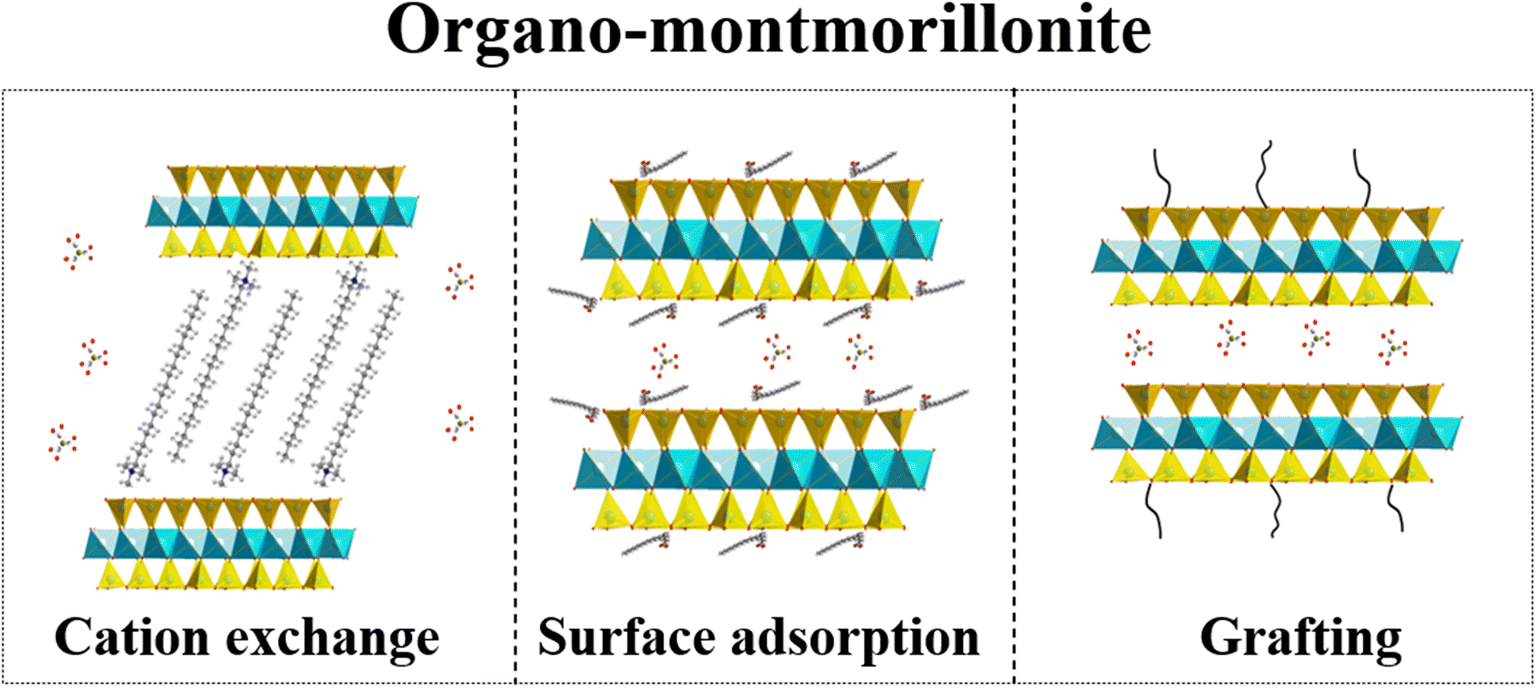111 results
TomoNet: A streamlined cryogenic electron tomography software pipeline with automatic particle picking on flexible lattices
-
- Journal:
- Biological Imaging / Volume 4 / 2024
- Published online by Cambridge University Press:
- 09 May 2024, e7
-
- Article
-
- You have access
- Open access
- HTML
- Export citation
How top leaders’ support affects open government data (OGD)-driven innovation capacity of firms: Based on the TOE framework perspective
-
- Journal:
- Journal of Management & Organization , First View
- Published online by Cambridge University Press:
- 14 March 2024, pp. 1-17
-
- Article
- Export citation
Small subsets with large sumset: Beyond the Cauchy–Davenport bound
- Part of
-
- Journal:
- Combinatorics, Probability and Computing , First View
- Published online by Cambridge University Press:
- 21 February 2024, pp. 1-21
-
- Article
- Export citation
The relationship between caffeine and its metabolites and bone mineral density in postmenopausal women: a cross-sectional analysis from the NHANES database
-
- Journal:
- Journal of Nutritional Science / Volume 12 / 2023
- Published online by Cambridge University Press:
- 08 January 2024, e131
-
- Article
-
- You have access
- Open access
- HTML
- Export citation
Preparation of Organo-Montmorillonites and the Relationship Between Microstructure and Swellability
-
- Journal:
- Clays and Clay Minerals / Volume 65 / Issue 6 / December 2017
- Published online by Cambridge University Press:
- 01 January 2024, pp. 417-430
-
- Article
- Export citation
Treatment of Municipal Landfill Leachate with Organically Modified Bentonite
-
- Journal:
- Clays and Clay Minerals / Volume 59 / Issue 5 / October 2011
- Published online by Cambridge University Press:
- 01 January 2024, pp. 518-524
-
- Article
- Export citation
Functional Montmorillonite/Polymer Coatings
-
- Journal:
- Clays and Clay Minerals / Volume 70 / Issue 2 / April 2022
- Published online by Cambridge University Press:
- 01 January 2024, pp. 209-232
-
- Article
- Export citation
Dispersion and Swellability of Ternary Surfactant Co-Modified Montmorillonites
-
- Journal:
- Clays and Clay Minerals / Volume 69 / Issue 6 / December 2021
- Published online by Cambridge University Press:
- 01 January 2024, pp. 759-771
-
- Article
- Export citation
Organo-Modification of Montmorillonite
-
- Journal:
- Clays and Clay Minerals / Volume 68 / Issue 6 / December 2020
- Published online by Cambridge University Press:
- 01 January 2024, pp. 601-622
-
- Article
- Export citation
Tuning the Acidity of Montmorillonite by H3PO4-Activation and Supporting WO3 for Catalytic Dehydration of Glycerol to Acrolein
-
- Journal:
- Clays and Clay Minerals / Volume 70 / Issue 3 / June 2022
- Published online by Cambridge University Press:
- 01 January 2024, pp. 460-479
-
- Article
- Export citation
Reevaluation of the protein requirement in Chinese elderly adults without sarcopenia with the indicator amino acid oxidation technique
-
- Journal:
- British Journal of Nutrition / Volume 131 / Issue 8 / 28 April 2024
- Published online by Cambridge University Press:
- 11 December 2023, pp. 1377-1383
- Print publication:
- 28 April 2024
-
- Article
-
- You have access
- HTML
- Export citation
SG-APSIC1199: Evaluation of a pooling strategy using Xpert Carba-R assay for screening for carbapenemase-producing organisms in rectal swabs
-
- Journal:
- Antimicrobial Stewardship & Healthcare Epidemiology / Volume 3 / Issue S1 / February 2023
- Published online by Cambridge University Press:
- 16 March 2023, pp. s26-s27
-
- Article
-
- You have access
- Open access
- Export citation
Identification of shared and distinct patterns of brain network abnormality across mental disorders through individualized structural covariance network analysis
-
- Journal:
- Psychological Medicine / Volume 53 / Issue 14 / October 2023
- Published online by Cambridge University Press:
- 06 March 2023, pp. 6780-6791
-
- Article
- Export citation
The global disease burden attributable to a diet low in fibre in 204 countries and territories from 1990 to 2019
-
- Journal:
- Public Health Nutrition / Volume 26 / Issue 4 / April 2023
- Published online by Cambridge University Press:
- 23 September 2022, pp. 854-865
-
- Article
-
- You have access
- Open access
- HTML
- Export citation
Disrupted dynamic network reconfiguration of the executive and reward networks in internet gaming disorder
-
- Journal:
- Psychological Medicine / Volume 53 / Issue 12 / September 2023
- Published online by Cambridge University Press:
- 25 August 2022, pp. 5478-5487
-
- Article
- Export citation
Local ecological knowledge and regional sighting histories of Hainan Peacock-pheasant Polyplectron katsumatae: pessimism or optimism for a threatened island endemic?
-
- Journal:
- Bird Conservation International / Volume 33 / 2023
- Published online by Cambridge University Press:
- 15 August 2022, e25
-
- Article
- Export citation
Suing the State: Relative Deprivation and Peasants’ Resistance in Land Expropriation in China
-
- Journal:
- The China Quarterly / Volume 251 / September 2022
- Published online by Cambridge University Press:
- 10 August 2022, pp. 798-821
- Print publication:
- September 2022
-
- Article
- Export citation
Late Palaeozoic tectonic evolution of the eastern Palaeo-Asian Ocean: new evidence from the early Permian arc magmatic suites in the Kulun region
-
- Journal:
- Geological Magazine / Volume 159 / Issue 9 / September 2022
- Published online by Cambridge University Press:
- 20 July 2022, pp. 1513-1528
-
- Article
- Export citation
n-3 PUFA can reduce IL-6 and TNF levels in patients with cancer
-
- Journal:
- British Journal of Nutrition / Volume 129 / Issue 1 / 14 January 2023
- Published online by Cambridge University Press:
- 07 March 2022, pp. 54-65
- Print publication:
- 14 January 2023
-
- Article
-
- You have access
- HTML
- Export citation



























